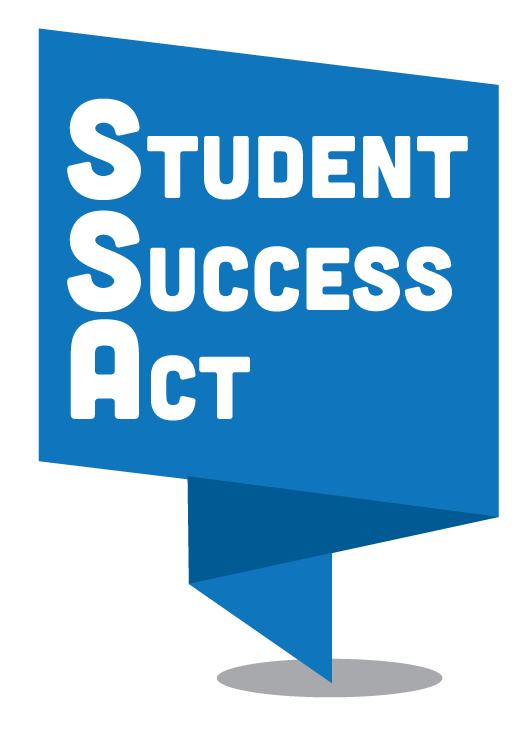Superintendent Message on SSA
This is a year like no other in my 30 years of being an educator. In the fall of my first year as an educator, Oregon passed legislation called Measure 5 that realigned how Oregonians pay for schools. There were some really positive things that came out of Measure 5, one of those was the equalization formula that sought to equalize the amounts of school funding between districts with rich property tax bases and those districts that had very low property tax bases. But with Measure 5 the state general fund became the major driver of the K12 education budget. In recent years the percentage of the general fund retreated, as it relates to the K12 budget, resulting in education receiving a smaller slice of the pie.
In 1993-94, Oregon was 12th in the nation in per pupil funding. In 1998-99 we were 16th in the nation. In the last two years (2017-18) we were down to 29th in the nation. This has had an impact on our ability to meet the needs of our students -- to help kids learn and be ready to pursue their dreams.
Over the last twenty years we have had to cut as funding has fluctuated from the state. Piece by piece we have sliced off parts of the organization to get to where we are at today.
That's the bad news.
Here's the good news.
The Oregon Legislature has signed a law called the Student Success Act (SSA) that allocates two billion dollars to the K12 education biennial budget. That is one billion dollars in the 2020-21 budget year.
The SSA is divided into three funding areas - one of which is specifically for public school districts:
Student Investment Account (SIA) - 50% of SSA funds (approximately $500M/year statewide). We believe that FGSD will receive somewhere between 4.5 - 5 million dollars. This money is available to districts through a non-competitive grant process. Districts can use the money to support four areas:
- Class size
- Well-rounded education
- Instructional time
- Health and safety
Within these four areas, we will need to address the following Priority Outcomes:
- Reducing academic disparities (gaps between outcomes for different student groups)
- Meeting students' mental and behavioral health needs
- Providing access to academic courses
- Allowing teachers and staff to have sufficient time to:
- Collaborate with other teachers and staff.
- Review data on students’ grades, absences and discipline, based on school and grade level course.
- Develop strategies to ensure that at-risk students stay on track to graduate.
- Establishing and strengthening partnerships
Last year, I conducted 32 meetings with staff, students and many of you in the community. Overall we had more than 700 participants give us almost 3,000 responses on what you thought the district was doing well at, what we needed to improve upon and what our graduates should look like when they walk across the stage. From that data, we convened a Strategic Planning Committee that was made up of staff, students, School Board and members of the community. As a result of all the work that was done last year, we present to you the summary report. You can read that by clicking here.
Now we need your help again. We need you to help us know how to prioritize the areas of greatest emphasis that have been outlined by the Oregon Department of Education. Please consider giving us your feedback by completing the survey below. In the coming weeks, I will again schedule meeting in the community to meet with you face to face and continue this discussion.
Thank you for your support and participation. I am very excited for what lies ahead of us. Together as a community we have the opportunity to help our students move forward to greater success.


